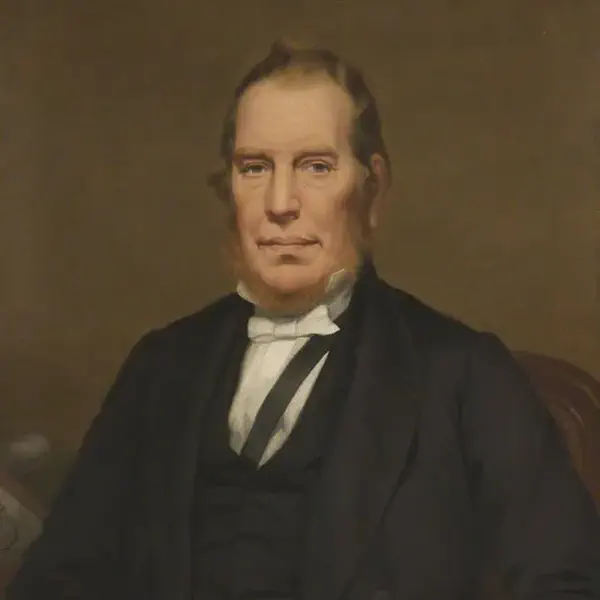
Richard Roberts Welsh, Inventor and Developer of Textile Machinery, Died
March 16, 1864
Richard Roberts (22 April 1789 – 11 March 1864) was a Welsh patternmaker and engineer whose development of high-precision machine tools contributed to the birth of production engineering and mass production.
Machine tools
Roberts built a range of machine tools, some to his own design, the first being a gear-cutting machine. For checking the dimensions of the gears he adapted the sector, which he developed for sale to other engineers.
Roberts adopted rotary cutters, which he had seen used at Maudslays. This is one of the earliest records of a milling cutter used in engineering. In 1816 he made the first reliable wet gas meter.
In 1817 he made a lathe able to turn work 6 ft long (1.8 m). This had a back gear to give an increased range of speeds and a sliding saddle to move the tool along the work. The saddle was driven by a screw through gearing which could be disengaged when the end of the cut was reached. Also in 1817 he built a planing machine to allow the machining of flat surfaces.
Previous to this flat surfaces were laboriously made by hand with the fitter using hammers and chisels, files and scrapers to get a true surface.
Following the success of his power loom, in 1825 he invented a slotting machine to cut keyways in gears and pulleys to fasten them to their shafts.
Previously this was done by hand chipping and filing. The tool was reciprocated vertically, and by adopting Maudslay’s slide rest principle, he made the work table with a universal movement, both straight line and rotary so that the sides of complex pieces could be machined. Later he developed the shaping machine, where the cutting tool was reciprocated horizontally over the work, which could be moved in all directions by means of screw-driven slides. Examples of his machine tools, including the oldest existing metal planer, are in the collections of the National Museum of Science and Industry, London.
Roberts also manufactured and sold sets of stocks and dies to his range of pitches, so other engineers could cut threads on nuts and bolts and other machine parts. Roberts’ inventions had a seminal influence on other machine-tool engineers, including Joseph Whitworth, when he came to Manchester, a decade later. His efforts have been largely overlooked by later writers until now.
Textile machines
Roberts moved his business in 1821, to the Globe Works in Faulkner Street. Whilst there he improved a reed-making machine, originally invented by the American Jeptha Avery Wilkinson, and in 1822 he patented a power loom.
This was made entirely of iron and being precision-made was able to operate at high speed. They were turned out at the rate of 4,000 per year by 1825. In 1824 he invented his most famous machine, the self-acting spinning mule, and patented it in March 1825.
These were made in hundreds, and Roberts made extensive use of templates and gauges to standardise production. By 1826 he was working in Mulhouse, Alsace with Koechlin & Co where he contributed to the building of textile machinery for the French cotton industry.